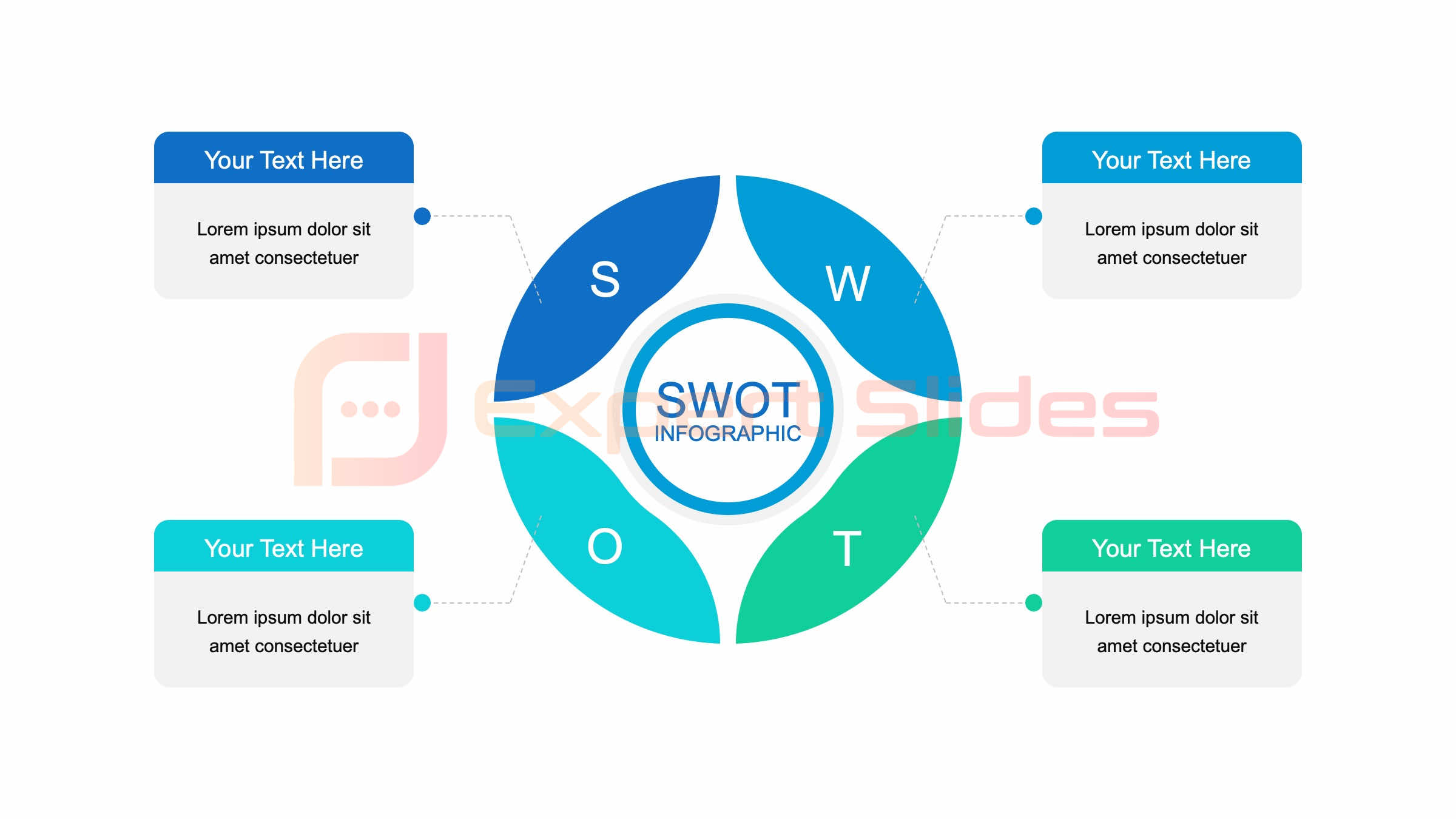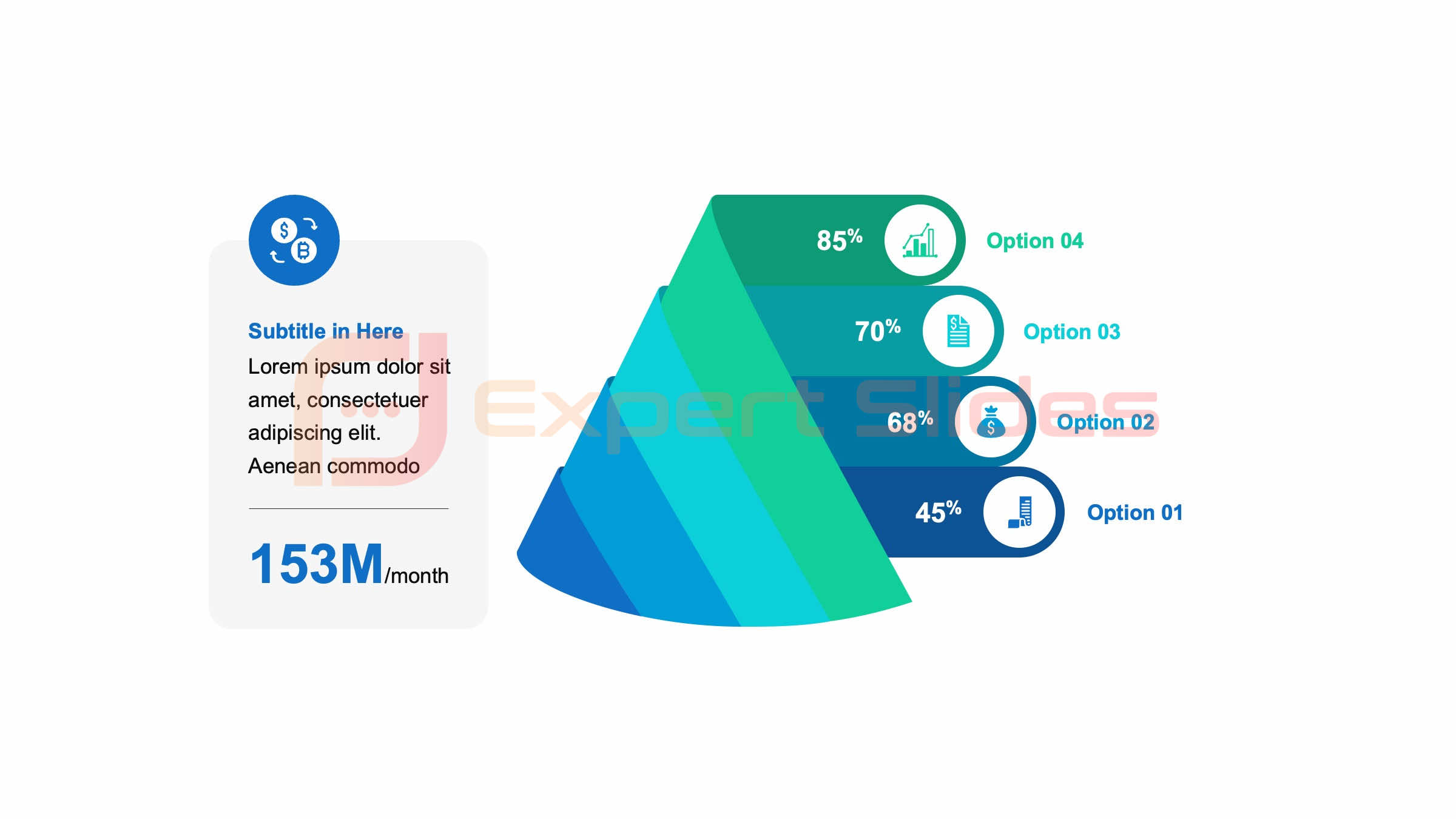A Pitch Deck is a Visual Slide Presentation – From Boring to Brilliant
Table of Contents
A pitch deck is a visual presentation used by entrepreneurs to showcase their business ideas to potential investors. Typically, it comprises a series of slides that provide a comprehensive overview of the business, including its market opportunity, the team behind it, and financial projections. The primary objective of a pitch deck is to persuade investors to invest in the business by highlighting its growth potential and profitability.
A well-crafted pitch deck can effectively demonstrate why an investor should consider a particular business idea. For entrepreneurs seeking funding for their startups, a pitch deck is an indispensable tool. It serves as a visual aid to support the entrepreneur’s verbal presentation, reinforcing key points and making the pitch more engaging and memorable.
A well-designed pitch deck can also establish credibility and professionalism, which are crucial in gaining the trust of potential investors. Furthermore, a pitch deck can be shared with investors who are unable to attend the live presentation, enabling the entrepreneur to reach a broader audience and leave a lasting impression.
Key Takeaways
- A pitch deck is a visual slide presentation used to communicate key information about a business or idea to potential investors.
- Visual presentation is important in a pitch deck as it helps to capture and maintain the audience’s attention.
- A successful pitch deck should include elements such as a compelling story, clear value proposition, and financial projections.
- Design tips for creating a brilliant pitch deck include using high-quality images, consistent branding, and a clean layout.
- Engaging your audience with visual storytelling can help to make your pitch deck more memorable and impactful.
The Importance of Visual Presentation
 Conveying Complex Information
Conveying Complex Information
Visual elements such as images, charts, and graphs can help to convey complex information in a clear and compelling way, making it easier for investors to understand and engage with the content.
Creating an Emotional Connection
A visually appealing pitch deck can help to create a positive emotional response, which can influence investors’ decision-making process. The use of visual storytelling in a pitch deck can also help to create a more memorable and impactful presentation.
Bringing the Business Idea to Life
By using images and graphics to illustrate key points and tell a compelling story, entrepreneurs can capture the imagination of their audience and make a lasting impression. Visual storytelling can help to bring the business idea to life and make it more relatable and compelling, increasing the likelihood that investors will remember and respond positively to the pitch.
Elements of a Successful Pitch Deck
A successful pitch deck typically includes several key elements that are essential for effectively communicating the business idea and persuading investors to invest. These elements may include an overview of the problem or opportunity that the business addresses, a description of the product or service being offered, an analysis of the target market and competition, details about the business model and revenue projections, information about the team behind the business, and a clear ask for investment. Each of these elements should be presented in a clear and concise manner, using visual aids to support and enhance the content.
In addition to these key elements, a successful pitch deck should also convey the unique value proposition of the business and demonstrate why it is well-positioned to succeed in the market. This may involve highlighting any competitive advantages or unique selling points, as well as providing evidence of market demand and customer validation. The pitch deck should also include a compelling call to action that clearly articulates what the entrepreneur is seeking from potential investors and how they can get involved in the business.
Design Tips for Creating a Brilliant Pitch Deck
| Metrics | Data |
|---|---|
| Number of Slides | 10 |
| Duration | 10 minutes |
| Visual Elements | Highly visual with minimal text |
| Engagement | Highly engaging and interactive |
| Objective | Convey key information and captivate audience |
When designing a pitch deck, it is important to keep in mind that less is often more. A cluttered or overly complex design can detract from the content and make it difficult for investors to focus on the key messages. Instead, entrepreneurs should strive for a clean and minimalist design that allows the content to shine.
This may involve using plenty of white space, choosing a simple color palette, and using clear and easy-to-read fonts. In addition, entrepreneurs should pay careful attention to the visual hierarchy of their pitch deck, ensuring that important information is emphasized and easy to find. This may involve using larger fonts or bolding key points, as well as using visual cues such as arrows or icons to guide the viewer’s attention.
Entrepreneurs should also consider using high-quality images and graphics to enhance their presentation, making sure that they are relevant to the content and help to tell a compelling story.
Engaging Your Audience with Visual Storytelling
Visual storytelling is a powerful tool for engaging an audience and making a lasting impression. By using images, graphics, and other visual elements to tell a compelling story, entrepreneurs can capture the imagination of their audience and create an emotional connection with their business idea. Visual storytelling can help to bring the content of a pitch deck to life, making it more relatable and memorable for investors.
One effective way to incorporate visual storytelling into a pitch deck is by using images to illustrate key points and convey important information. For example, entrepreneurs may use infographics or charts to visually represent market data or financial projections, making it easier for investors to understand complex information at a glance. In addition, entrepreneurs can use images to showcase their product or service in action, helping investors to visualize its potential impact and value.
Common Mistakes to Avoid in Pitch Deck Design
 Concise Content is Key
Concise Content is Key
When creating a pitch deck, entrepreneurs should avoid including too much text on each slide. This can overwhelm investors and make it difficult for them to focus on key messages. Instead, entrepreneurs should strive for concise and impactful content that gets straight to the point.
Visual Elements Matter
Another common mistake is using low-quality images or graphics, which can detract from the professional appearance of the pitch deck. Entrepreneurs should ensure that all visual elements are high-quality and relevant to the content.
Consistency is Crucial
In addition, entrepreneurs should be mindful of consistency in their pitch deck design. This may involve using a consistent color palette and font style throughout the presentation, as well as ensuring that all visual elements are aligned and organized in a cohesive manner.
Avoid Distractions
Finally, entrepreneurs should avoid using too many animations or transitions in their pitch deck, which can be distracting and detract from the content. Instead, they should focus on creating a clean and professional design that allows the content to speak for itself.
The Impact of a Brilliant Pitch Deck on Investor Interest
A brilliant pitch deck can have a significant impact on investor interest in a business idea. By effectively communicating the potential for growth and profitability, as well as establishing credibility and professionalism, entrepreneurs can increase their chances of securing investment from potential investors. A well-designed pitch deck can help to capture the attention of investors and make a strong impression, increasing their likelihood of engaging with the content and responding positively to the pitch.
In addition, a brilliant pitch deck can help to create a positive emotional response in investors, influencing their decision-making process and increasing their willingness to take a chance on a particular business idea. By using visual storytelling to bring the content of the pitch deck to life and make it more relatable and compelling, entrepreneurs can create a lasting impression that resonates with potential investors. Ultimately, a brilliant pitch deck can help entrepreneurs stand out from the competition and make a compelling case for why investors should take a chance on their business idea.
In conclusion, a pitch deck is an essential tool for entrepreneurs seeking funding for their startups. The visual presentation of a pitch deck is crucial to its success, as it can capture the attention of investors and make a strong impression. A successful pitch deck includes several key elements that are essential for effectively communicating the business idea and persuading investors to invest.
When designing a pitch deck, it is important to keep in mind that less is often more, striving for a clean and minimalist design that allows the content to shine. Visual storytelling is a powerful tool for engaging an audience and making a lasting impression, helping entrepreneurs stand out from the competition. Finally, a brilliant pitch deck can have a significant impact on investor interest in a business idea, increasing their likelihood of engaging with the content and responding positively to the pitch.
FAQs
What is a pitch deck?
A pitch deck is a visual presentation that provides an overview of a business or startup to potential investors or partners. It typically includes slides that cover the company’s mission, product or service, market opportunity, team, and financial projections.
What is the purpose of a pitch deck?
The purpose of a pitch deck is to effectively communicate the key aspects of a business or startup in a concise and compelling manner. It is used to pitch to potential investors, partners, or customers in order to secure funding, partnerships, or support.
What should be included in a pitch deck?
A pitch deck should include slides that cover the company’s mission, problem or opportunity, solution, market size and potential, business model, traction or progress, team, competition, financial projections, and funding or investment ask.
How long should a pitch deck be?
A pitch deck should typically be around 10-15 slides long, with each slide focusing on a specific aspect of the business. It should be concise and to the point, capturing the audience’s attention and interest.
What are some tips for creating a brilliant pitch deck?
Some tips for creating a brilliant pitch deck include keeping the design clean and professional, using visuals and graphics to enhance the presentation, telling a compelling story, focusing on the problem and solution, showcasing traction or progress, and practicing the delivery of the pitch.
Get 15+ Mio. PowerPoint Assets - FREE SIGN-UP

Sign up for free to our PowerPoint extension, ExpertSlides. Everything you need, directly in PowerPoint. No credit card required.
Related Posts
Recent Posts
- How Do You End a Presentation – Mastering the Last Impression
- Good Color Combinations for Presentations – The Science of Color
- Interesting Ideas for PowerPoint Presentation – Captivate Your Audience
- History Presentation Template – Step Back in Time
- Canvas Presentation Template – Unleash Your Creativity
Main Menu
Knowledge base
Useful Links






